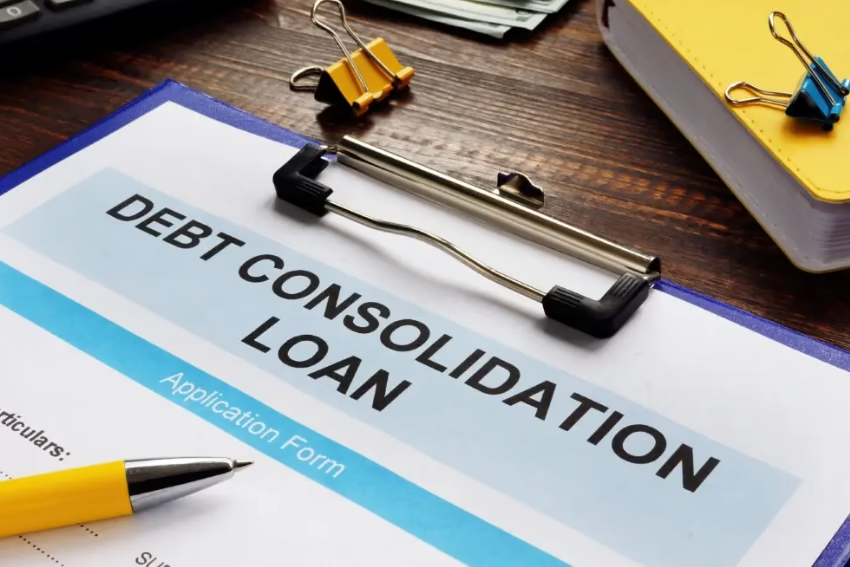Refinancing involves taking out a loan with different terms to pay off and replace an existing mortgage, using a refinansiering kalkulator can be an excellent way to see how changing interest rates could alter monthly payments and total interest expenses.
The lengthy process involves replacing existing debt obligations with new obligations with different terms. Common consumer loans considered include mortgages and car loans – but the range is wide.
It can help you meet a range of financial goals. From shortening loan terms and getting lower interest rates, to cashing out equity to save money over time – but before you dive in, you’ll most definitely want to try your hand at an online refinansiering kalkulator.
Refinancing Calculator
Refinancing can be an excellent way to save money for borrowers looking for lower interest rates, lower monthly payments or shorter loan terms. Before going through with it, however, it’s important that the numbers show refinancing will save them money; free mortgage calculators can help.
Mortgage calculators, for instance, take your data and calculate a new monthly mortgage payment based on the loan program, interest rate and term parameters provided. They also calculate mortgage closing costs and total savings; you can adjust these figures based on expected future marginal tax rate or deductions to claim.
Breakdown you’re refinancing costs to determine when you will recoup all your costs; this period is known as the breakeven period and should be carefully evaluated when considering whether or not to refinance.
To use most of these calculators, you’ll need to enter both your current mortgage details and any potential refinancing loan ones into its form. A good refinansiering kalkulator will compare them and display its findings. These include things such as breakeven point, new monthly payment amount, amount saved in mortgage interest saving and total loan amount.
One of the key components in deciding whether or not to refinance is how much equity has been built up in your home. If you close to own it outright, refinancing may not justify its financial commitment – typically 20% equity should be attained before considering refinancing as an option.
Refinancing from a 30 year to 15 year loan term may make more financial sense when paying higher monthly payments – you’ll pay off your mortgage more quickly and build up equity faster, so this might be ideal if you plan to move in the near future and want to become mortgage free more quickly.
Lower Interest Rates
Refinancing can help you obtain a lower interest rate, either because your credit has improved since taking out your original loan or market rates have declined. Refinancing may also help change your loan type from an adjustable-rate mortgage to a fixed-rate loan.
Refinancing may save you money in the long run, but it is wise to carefully weigh all its implications before making a decision. There may be upfront fees involved with refinancing, which can reduce savings. If your current loan is underwater (meaning more than its value), refinancing for just a better rate may not be worth your while.
Refinancing can also provide an opportunity to shorten your loan term and save even more in the long run. But keep in mind that using equity you withdraw to spend on unnecessary expenses may result in even greater debt accumulation.
Many homeowners opt to refinance their mortgages to consolidate debt and save monthly payments. However, this move should only be undertaken if you feel capable of managing any additional debt responsibly.
Consolidate Your Debt
Debt consolidation can quickly become overwhelming. One method for lowering monthly payments and paying off debt faster is debt consolidation, which works by consolidating multiple debts into one account and paying only one payment towards that new debt balance each month – potentially saving on interest costs as well as late or missed payments.
Consolidation debt may initially serve to lower overall payments; but, it’s also an excellent way to build credit and improve scores over time by expanding available credit and increasing available borrowing capacity. Paying off or refinancing on time and with a positive payment history can help mitigate short and medium term damage to your score.
Unachievable debt can quickly snowball; all it takes are a few credit card accounts, car loans or student loans for it to become overwhelming. Consolidating your debt payments may help streamline payments and get them back on track; by merging existing credit card balances into a single debt account with an attractively low-interest rate, consolidating can provide relief and put payments back on track.
Credit card debt consolidation can often be easier than consolidating other forms of debt due to lenders offering lower interest rates on consolidation accounts than what you are currently paying on credit cards. Before selecting one card for consolidation purposes, always carefully consider its terms before making your decision.
Other means of debt consolidation may include taking out a personal loan, tapping home equity or enrolling in a debt management program through a nonprofit credit counseling agency. Each of these options requires lenders to conduct credit checks that may temporarily lower your score.
Shorten Your Loan Term
As loan terms increase, so will interest costs. Refinancing to reduce its length could save on future interest costs but may incur higher monthly payments as shorter loans typically have shorter loan terms.
To reduce the length of your loan term, a rate-and-term refinance could help. It involves replacing your current loan with one with different terms and interest rates; if eligible for such refinancing you could potentially lower interest rates and payments while incurring less closing costs.
Another effective strategy for shortening loan terms is making extra payments each year, which can shave months or years off the life of your mortgage. If the idea of monthly additional payments seems intimidating, consider rounding them off to the nearest dollar as this makes an impactful statement about your budget. This adds an extra payment without making much difference to it overall.
Cash-out refinancing allows you to tap the equity you’ve built in your home and tap into its equity for debt consolidation, major purchases or divorce settlement. A cash-out refinance allows you to access this equity by paying off an existing mortgage and receiving a lump sum. From there you can use it for necessary expenses or meeting other financial goals; just be mindful of potential tax implications!
Get Cash Out
If your home has more equity than is being used on its mortgage, refinancing can help unlock some of it as cash for debt consolidation or home improvements or other financial goals.
The amount you can borrow usually depends on your credit score and home’s value; typically up to 80%. Lenders often offer loans of this amount. To determine whether there is enough equity for a cash-out refinance loan, get your home valued for free online through services like Zillow; otherwise contact a lender and inquire further about eligibility and maximum amounts available to you.
Before embarking on a cash-out refinancing, ensure you know how to proceed efficiently. This involves gathering documents like pay stubs and W-2 or 1099 forms from the last two years along with bank statements showing assets, debts and income for review by lenders and speeding up the process more rapidly.
Once this step has been taken, you can decide how best to spend the cash borrowed. Often it would be best if it went toward paying off higher-interest debt such as credit card bills so as not to incur more payments and due dates; doing this can save money over time and simplify payments and payments due date’s management.
Refinancing funds to make home improvements can not only add value, but can also simplify debt by consolidating various lenders into one loan and possibly reduce your interest rate overall.
However, borrowing money has an effect on your credit. When applying for loans or lines of credit, lenders conduct hard inquiries that temporarily reduce your score; but as long as you keep up with monthly payments without adding more debt to the mix, over time your score should increase again.






